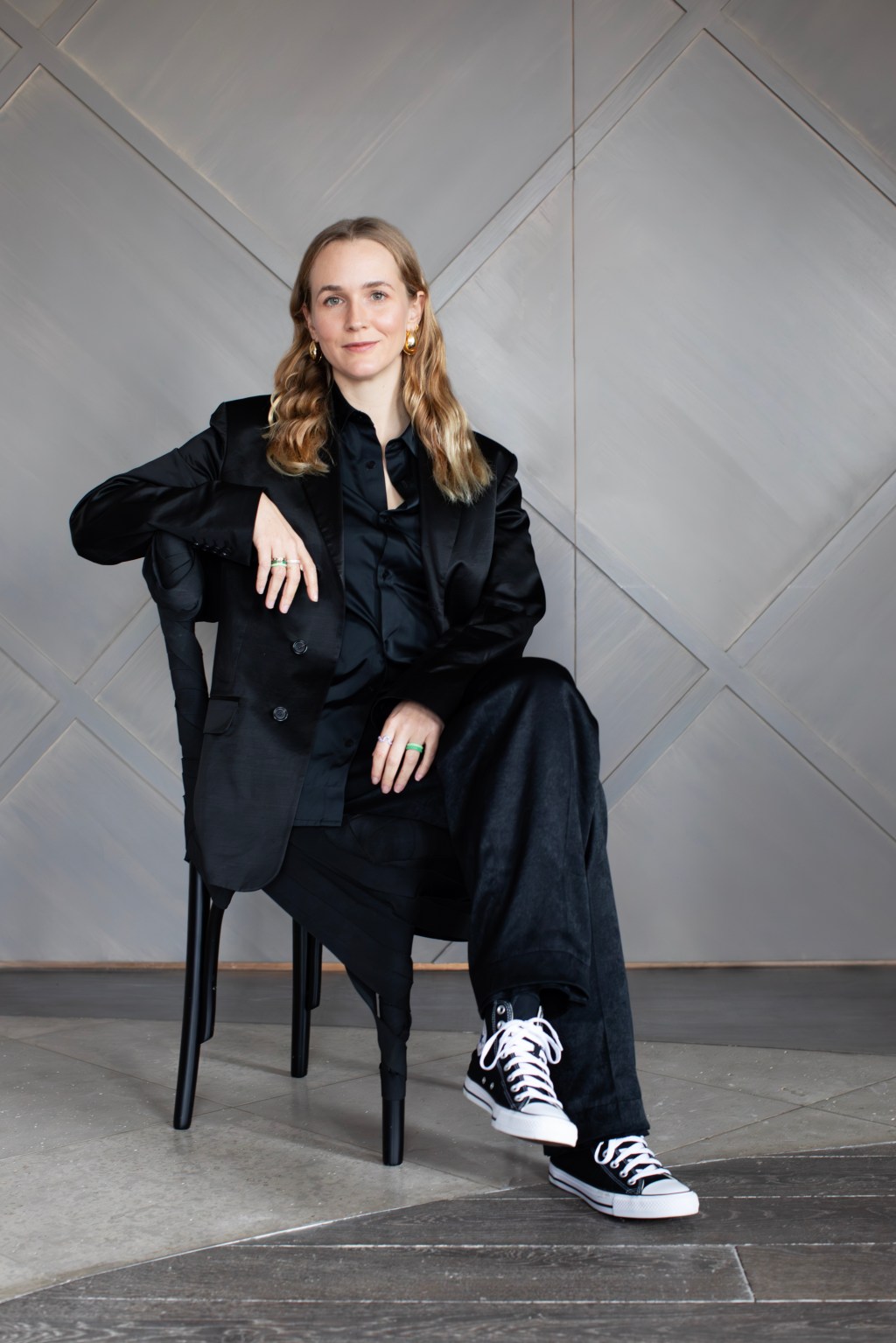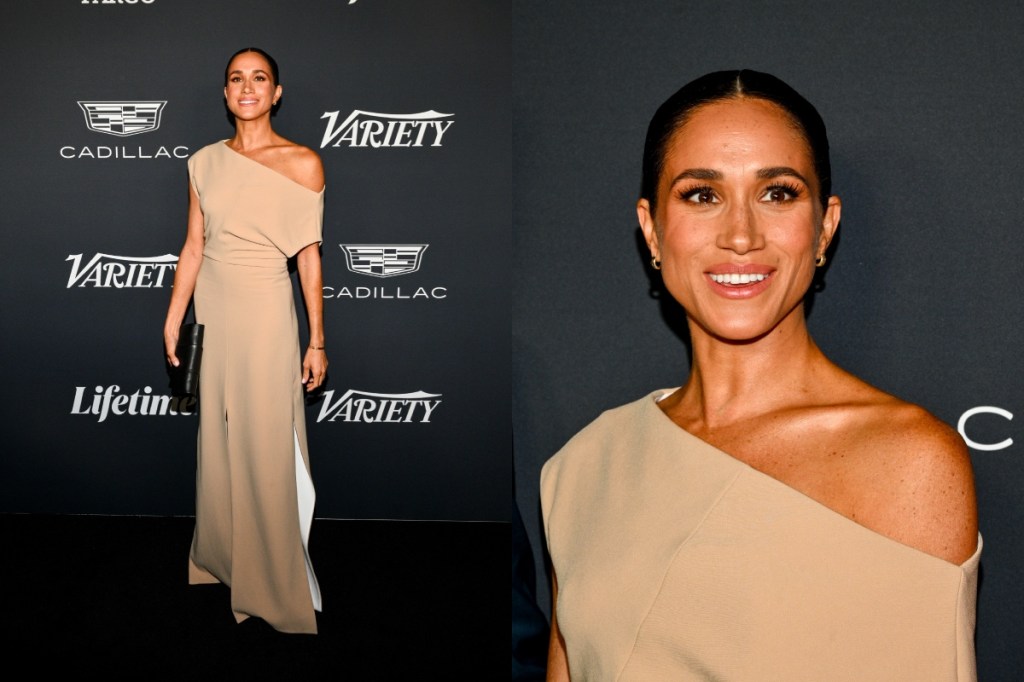PARIS — Sterling International is shaking up its leadership.
Alice Bouleau has been named partner at the executive search firm, effective Jan. 1, it said Monday. The French executive joined Sterling in 2018 and was promoted to principal and head of the creative pole in January 2021, focusing on the recruitment of design, image and merchandising talents.
Bouleau, whose CV includes stints as a fashion editor, sales associate, merchandiser and designer, has become a key public face of the firm, whose founder and president Michael Boroian prefers to operate behind the scenes.
“At only 33 years old, Alice Bouleau has established herself as a ‘go-to’ recruiter in artistic direction and overall creative functions,” Boroian said in a statement.
“I consider her to be a major force in the future of recruitment thanks to her eye for talent and innate ability to ‘make the marriage’ happen by mastering the management of both process and people. She is certainly a key pillar in the future development of Sterling International,” he added.
In an interview with WWD, Bouleau said her appointment reflects the evolution of the firm, which last year launched a digital pole and brought on Cristina Baruzzi as partner in Milan. More announcements will follow early next year, she teased.
“Things are changing much faster than they used to,” Bouleau said. “Evolution is key to be able to survive in this industry.”
Among the key issues facing recruiters are digital transformation, diversity and inclusion, and sustainability, she said. “Becoming partner, I think, is officially having a seat at the table to make strategic decisions for the firm,” she said.
Bouleau is pushing for more awareness and discussion around topics such as mental health and the lack of opportunities for minorities, while promoting a more transparent approach to her traditionally secretive profession.
Sterling opened an Instagram account in January, although to date it only features eight posts, and this year it partnered with the Hyères International Festival of Fashion and Photography, with a commitment to mentor top prize winner Igor Dieryck.
“Traditionally, ‘headhunters,’ which is not the official word we use, are very much behind the curtain. They’re not out there communicating, so it’s reinventing ourselves in a more digital-savvy way that was not done before,” she explained.
Like most of Boroian’s hires, Bouleau had no track record in recruitment when she joined the firm. She had worked for Proenza Schouler in New York and Paris, first in the design team, then as a Europe-based consultant. Before that, she freelanced as a business development manager for Chinese brand Mo & Co., and logged stints at Stiletto and That magazines.
Bouleau pointed out that she also worked in retail for a decade, starting at age 16. “Being there in the stores and seeing how the customers think and act was for me the most valuable experience of all, even though it’s not the most fancy on a résumé,” she said.
Those soft skills have proved valuable as product strategy has taken on a more central role in the fashion industry, with many chief executive officers being plucked from the merchandising ranks. “It’s really a function that is in a way today the easiest and fastest track to a CEO position,” she noted.
Among the emerging trends she’s seeing is a merging of responsibilities, with roles such as chief product officer.
“In the past, we had retail merchandising on one side and collection merchandising on another side, and we see more and more of these merchandising director roles that are including retail and collections, which is quite smart, because then you can actually work on the product strategy from A to Z,” she said.
The role of image director is evolving to encompass experiences ranging from fashion shows to pop-ups and online engagement.
“Today I’m talking with clients to say, perhaps it should be an image and experience director, where it’s not only working on the image for print and digital but it’s also working on the community around the brand, and how do we create relatable experiences for that community?” Bouleau said.
The fast-talking executive is keenly attuned to the demands of Gen Z, while maintaining a healthy respect for traditional values and craftsmanship. She believes one key challenge facing firms is to provide creative directors with management skills.
“Some people do it naturally really well, but a lot of people don’t know how to manage,” she noted. “If you keep promoting these designers to become senior designer, head designer, design director, they are going to end up managing 20, 30, 50 people, and if they have never had any kind of coaching or training in management, you’re just letting faith decide.”
Bouleau said luxury brands must shoulder the blame for toxic workplaces, citing a recent case where a prominent creative director’s behavior allegedly prompted some members of his team to seek medical care.
“I don’t blame him as much as I blame the company and the group who were aware of the situation and did not do anything to change that, and did not challenge that behavior. And we’re still recruiting those people knowing that today, so what are we saying? Do we really want to change? I think it’s so important that people start to talk about mental health in the office,” she said.
The issue is particularly pressing as younger candidates are no longer willing to put up with unreasonable working conditions as they place more importance on a healthy work-life balance, Bouleau said.
“Gen Z are not compromising on this, so if they want to keep recruiting fresh, hot new talents, they are going to have to change eventually,” she said. “I think previous generations, we have that old saying from ‘The Devil Wears Prada’: ‘A million girls would kill for this job.’ But now, they don’t buy it, they don’t want that.”
Creating more space for women and minorities involves some soul-searching from her profession, she said. “It’s going to require to first, I would say, deconstruct our cognitive bias that we all have when we recruit, when we promote,” she said.
“What are the key soft skills that we look for, for example, in a CEO or creative director position? Is it really all about assertiveness and confidence, which are traits that we often attribute to men? Or is it going to be more about empathy, about diplomatic skills, about emotional intelligence, which are traits that we most often, for example, attribute to women?” she questioned.
For the luxury industry at large, solutions include providing more scholarships and paid internships to create opportunities for diverse talents. “It’s going to die eventually if there is no new blood coming in, so it’s so important that the door remains open,” Bouleau said.
“That exclusiveness of the luxury sector is in a way a double-edged sword because on the one hand, the fact that it’s so exclusive makes it aspirational,” she continued. “However, the fact that sometimes we’re so stuck in that world is not helping us to see outside of it and to have a broader perspective and to be able to innovate, to think outside the box.”
There is one area where she hopes companies will hit the brakes. “We should learn to be more patient,” she said of the recent rash of premature departures of young designers at storied houses.
“Turnaround action takes time. It takes time to just build foundations and then build on those foundations, so it’s not something that can be done in less than a year,” she said. “It’s at least two seasons and ideally, I’d say, it’s on the third season that we start to see a direction.”
After all, making beautiful products is something that can’t be rushed. “Craftsmanship will never happen quicker,” Bouleau said. “So at some point, perhaps luxury is about slowing down.”



